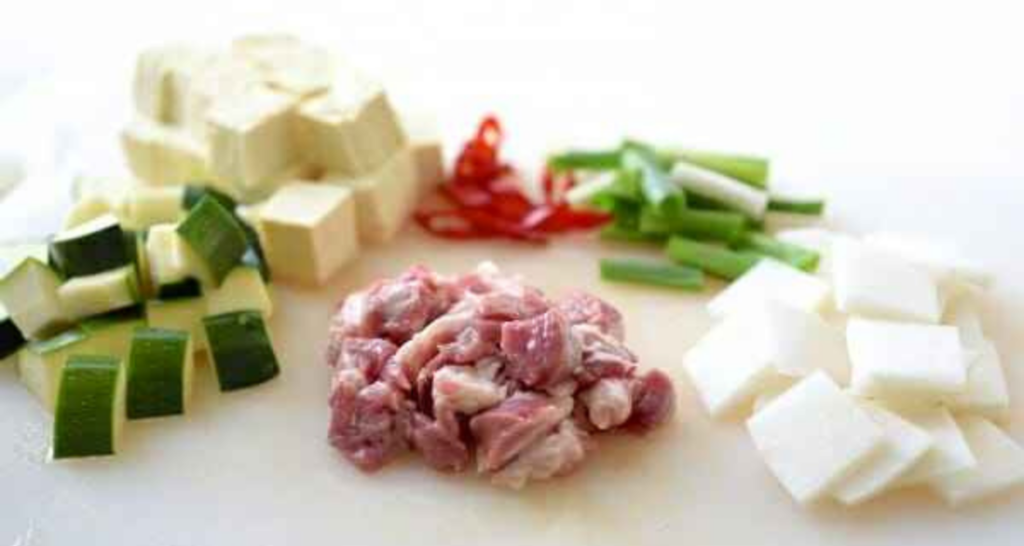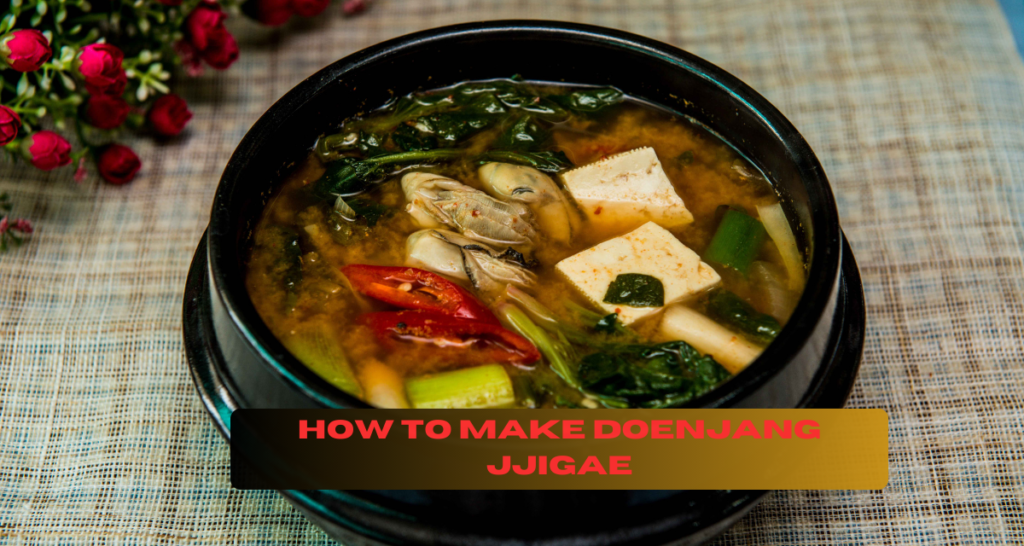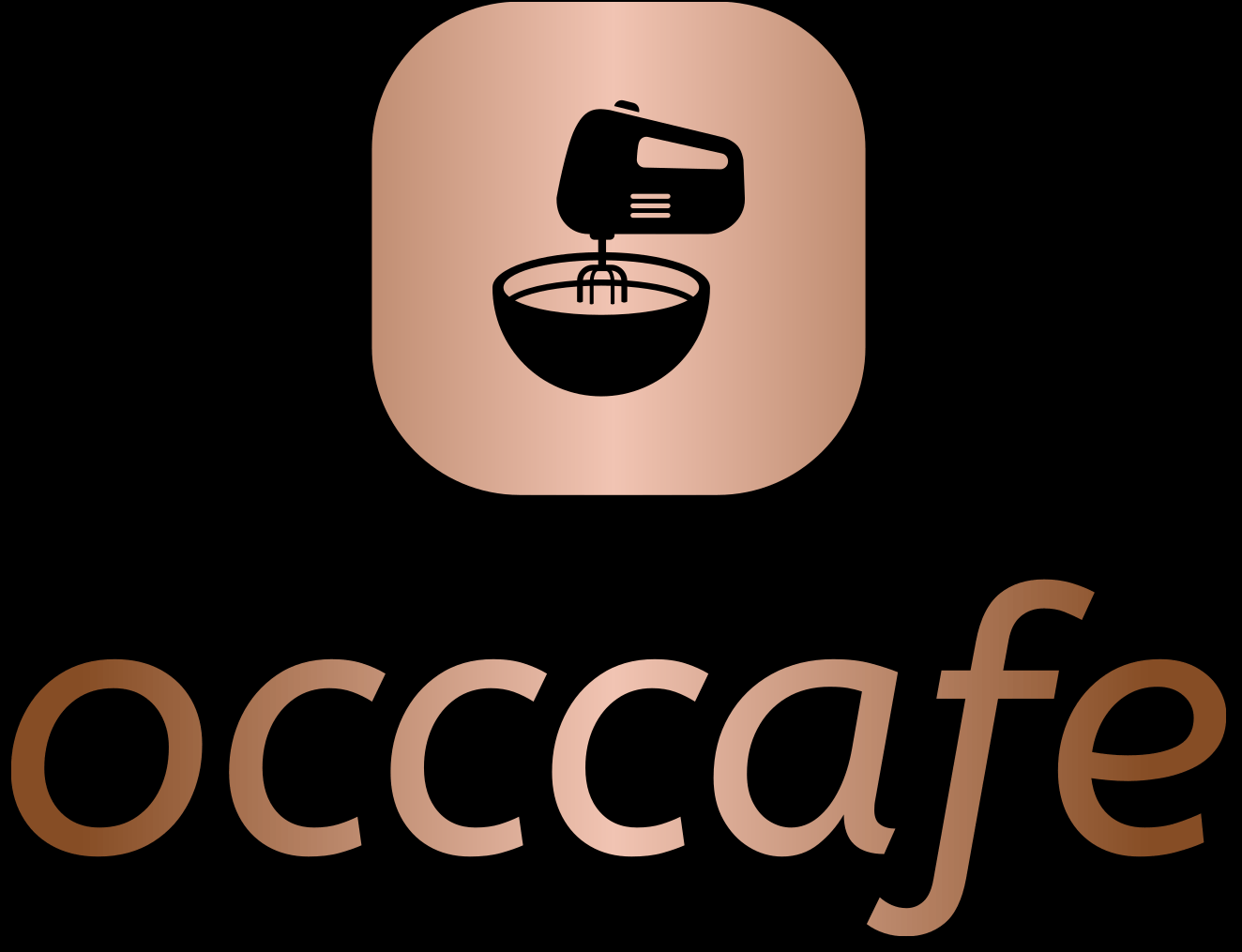Korean Soybean Stew, or Doenjang Jjigae, more traditionally known as Doenjang Jjigae, is one of the Traditional Foods Whose Comfort-Producing Qualities Are Proven Through Their History
The dish that is “Korean Soybean Stew,” also translated as “Doenjang Jjigae”, is one of Korea’s popular traditional dishes famous for the rich savory taste and nutritional ingredients used in the preparation. This renowned stew is made with a fermented soybean paste known as doenjang. It’s actually the main star of the meal because, as the name indicates, doenjang is that flavor that definitely introduces something earthy and hearty. Doenjang jjigae also is widely sought after for comfort food not only among Koreans but also in many Korean restaurants worldwide.
Going through in-depth depth, in this article we are going to trace Doenjang Jjigae’s origins, break down what the dish entails, and guide you through the steps to make authentic Korean Soybean Stew. We will also provide some choices, some great recommendations, and answers to some of the most frequently asked questions to keep time in the kitchen fun.
The Origins of Doenjang Jjigae Original
Doenjang Jjigae comes from the old historic Korean tradition. Doenjang is simply known as soybean paste, and this is an ingredient that Korea has used for its heart’s desire since ancient times. To be precise, soybeans fermented in the making of it are thousands of years old. It can take several months for the fermentation, over the course of which the flavors mature into a flavor that is deep, pungent, and complex. That flavor is the foundation of many Korean cuisines.
Traditionally, doenjang was actually a byproduct of the fermentation that was used to make ganjang, which is another type of soy sauce. The boiled soybeans are mashed, then formed into blocks and dried to ferment. After fermentation, the fermented blocks are left in liquid brine and continue to ferment to create not one but two of Korea’s most crucial ingredients: doenjang and soy sauce. The resulting paste is used in many soups, stews, and dipping sauces, and the soy sauce is a spice.
For example, Doenjang Jjigae is one of those dishes that is daily consumed in Korea most often. It’s simple, peasant-like, and super flexible; it’s made out of easily obtainable ingredients, and it’s perfect for dinner that will be both nourishing and ready within a short time.
Of course, variety is one of the most beautiful features of Doenjang Jjigae. The main ingredient – doenjang – is always the same, but the choice of vegetables, meats/proteins, and extra seasonings may vary with what’s available. Here is a complete list of the basic ingredients

Ingredient
The presence of doenjang determines this stew as it is one of its main ingredients. It is actually a paste fermented and made from brine and soybeans. They possess strong, pungent aroma, and their flavor is deep and delicious, which gives the stew much more depth. You can locate doenjang in Korean or Asian grocery stores besides ordering them over the internet.
Vegetables
The vegetables will bring the subtle sweetness and the comforting texture in the stew through zucchini.
The potatoes are perfect for stewing while soaking in the best flavors of the broth to provide a feel of full-bodiedness to the dish.
Onions: As they soften in the stew, you get that fantastic taste.
Commonly used mushrooms are either shiitake or enoki. They add an earthy flavor to the dish and provide a chewy texture.
Last but not least, garlic gives the meal a good punch of robust and aromatic flavor that amplifies the savory elements in this meal.
The Korean Radish, also known as Mu, is a traditional vegetable that is used in a variety of stews. It adds a subtly bitter flavor and a solid consistency to the meal.
Proteins are the third item
Tofu: Doenjang Jjigae frequently makes use of tofu that is either soft or medium-firm in texture. While simultaneously contributing a smooth texture, it takes on the tastes of the stew.
Pork: Pork belly or shoulder is often added for added richness; the other variations do not include meat, making it vegetarian-friendly. Alternatively, you can also add ground beef or sliced beef.
Doenjang is commonly served with a simple broth using anchovy stock or kelp. This blend provides a rich flavor that enhances the flavour of the doenjang. It may also be used with a vegetable broth if preparing a vegetarian version .
A bit of spice added by Korean red chili flakes is from gochugaru. The version tends to vary in terms of spiciness, and while not too spicy for some, for many others, it is much more hotter.
Sesame oil gives a nutty flavor along with a really fragrant taste when drizzled on top.
Thinly sliced, green onions are good garnishes and add a fresh flavor, relatively mild, to the dish like onions.

How to Make Doenjang Jjigae
Ingredients:
Four cups of anchovy or kelp broth, or one vegetable-based for a vegetarian option
One small zucchini, cut into large slices
-Onions, three sliced of a medium-sized onion
One medium-sized potato, cubed
One hundred grams of cubed tofu
There are approximately four to five shiitake mushrooms or handful of enoki mushrooms.
1 tablespoon of gochugaru, for the spice lover (optional)
Two to three cloves garlic, minced
Pork belly hundred grams, optional
Use one teaspoon of sesame oil.
Two stalks of green onions, to be sliced for garnish.
easoning to taste: salt and pepper
Directions:
Begin by preparing the broth.
If using anchovy stock, combine a handful of dry anchovies with a piece of kelp in a basin of water. Bring to a boil, then reduce the heat to a simmer for ten to fifteen minutes. First, strain the broth and reserve it. If you’re going to use vegetable broth, prepare that too. The vegetables should have carrots, onions, and kelp, and boiled for around fifteen to twenty minutes. Boil the pork first, if you’re using that.
If using pork belly or ground pork, throw it into a pan with medium heat. Cook until browned and lightly crispy. Make sure to remove excess fat when using if necessary.
Once you add the veggies as well as the broth:
Add the pork with the chopped onions, potatoes and zucchini or if the meal is to be a vegetarian meal add the veggies first. Broth. Bring the mixture to a simmer.
Stir the doenjang:
Add in two teaspoons of doenjang and stir it up so it dissolves into the broth you are using. Now let the stew simmer at very low heat for ten to fifteen minutes, letting the flavors build on each other.
Add mushrooms and tofu to the dish:
Once the vegetables are tender to your preference, add the mushrooms and the tofu to the saucepan. Stir gently so that you don’t break the tofu.
Once the vegetables have cooked to your liking, add the mushrooms, followed by the tofu, in the saucepan. Stir as lightly as possible so that you do not break the tofu.
Season with:
Those gochugaru, of course, if you can stand the heat. Let that flavors dissolve a little bit more by cooking for another five minutes..
To finish, drizzle some sesame oil on top:
Drizzling a light coat of sesame oil over the top when ready to eat will provide the stew with some extra flavor and aroma.
To Serve, Garnish, and Present:
Sprinkle some green onions over it, and it must be served hot with white rice and steamed with side dishes of kimchi.
Variations of Doenjang Jjigae
Although the classic style of Doenjang Jjigae is loved by many, at times, there exist numerous ways to modify the recipe based on personal preferences and various dietary requirements or restrictions. Among these variations is the following seafood dish called Doenjang Jjigae:
Use seafood instead: Use clams, shrimp, or mussels for the meat instead. The natural sweetness of shellfish gives a delicious contrast to the earthiness of doenjang, making the stew easier on the stomach than people thought.
Vegetarian Doenjang Jjigae
You can just omit the meat, and have a vegetarian broth in place of beef. And add a little more of the veggies, at least spinach, bell peppers, or even bok choy would do a better taste. Much more mushrooms and tofu usage,
Doenjang Jjigae with a Spicy Finish
If you want it spicier, you can add extra gochugaru or a teaspoon of Korean chili paste called gochujang. The version will surely like whoever digs a spicy stew.
Doenjang Jjigae is also called “Meat Lover’s Donnie”.
For a heartier beefy flavor, ground beef or pork belly is added cut up in bigger pieces. It renders the meaty fat that makes the stew more succulent and rich.
Kimchi Doenjang Jjigae, South Korea
Add a spoonful of kimchi to the stew for that added sour kick or heat. Fermented cabbage and fermented soybean paste are just a perfect match, and therefore their flavor adds a dimension to the dish.
Benefits of Doenjang Jjigae Healthwise
The Doenjang Jjigae is just not only tasty comfort food; it also possesses a number of health benefits, among them are the following:
Doenjang is full of probiotics since it is formed by fermenting, that yields beneficial microorganisms positively. Therefore, these probiotics take part in digestion as well as proper gut health.
The stew is very filling as a dinner because it has an excellent quantity of protein, which comes from both the tofu and the pig or beef that is used instead in the recipe
Adequate amount of vegetables : This stew is a good, well-balanced nutritious food item as it includes bouquet of vegetables like zucchini, onions, mushrooms, etc., and other vegetables. These provide both the vitamins and the minerals as well as fiber.
FAQ’s
How long can I keep leftover Doenjang Jjigae?
Leftover Doenjang Jjigae should be kept in the fridge for up to **3-4 days** in an airtight container. Reheat with a simmer return to the pot. The flavors will have often developed while it’s cold, so it’s even more enjoyable tomorrow..
4. Can I freeze Doenjang Jjigae?
**Doenjang Jjigae** can be frozen, but it is perfect when served fresh or chilled. Freezing causes tofu and vegetables to lose their proper texture and become mushy. If you do freeze it, then you can skip the tofu and add fresh when it is time to reheat

